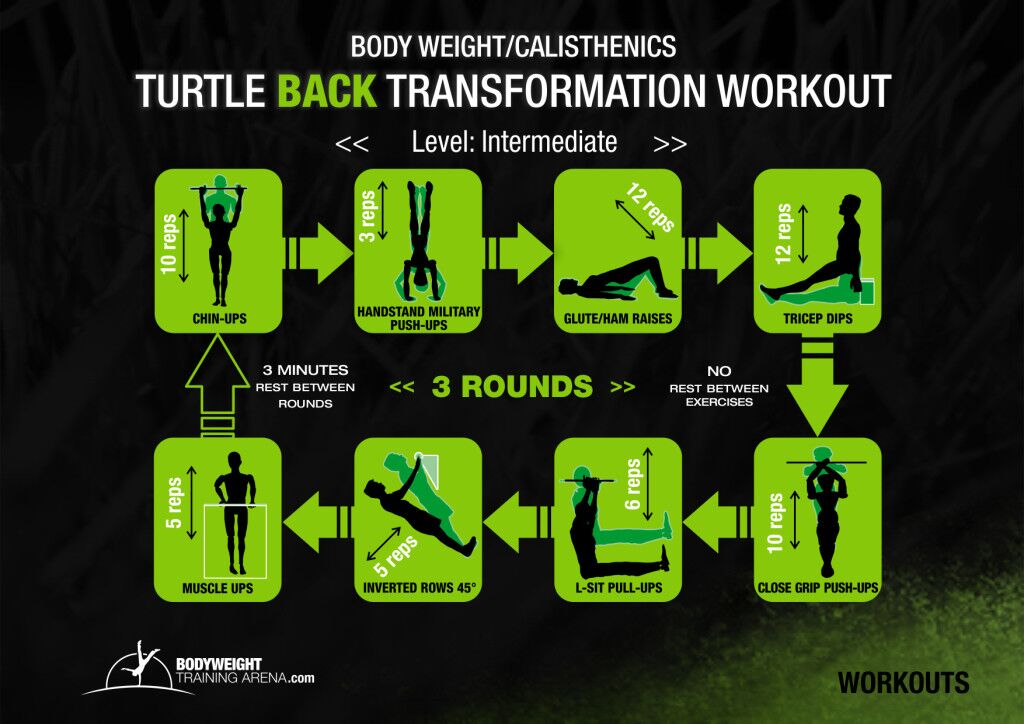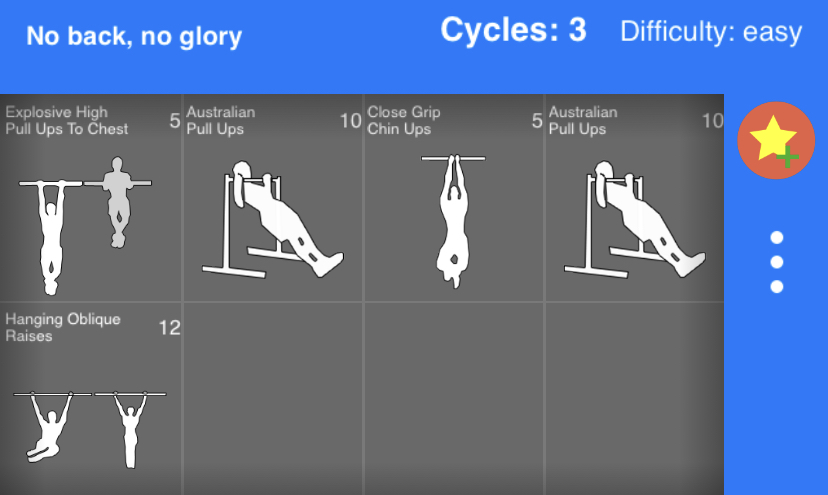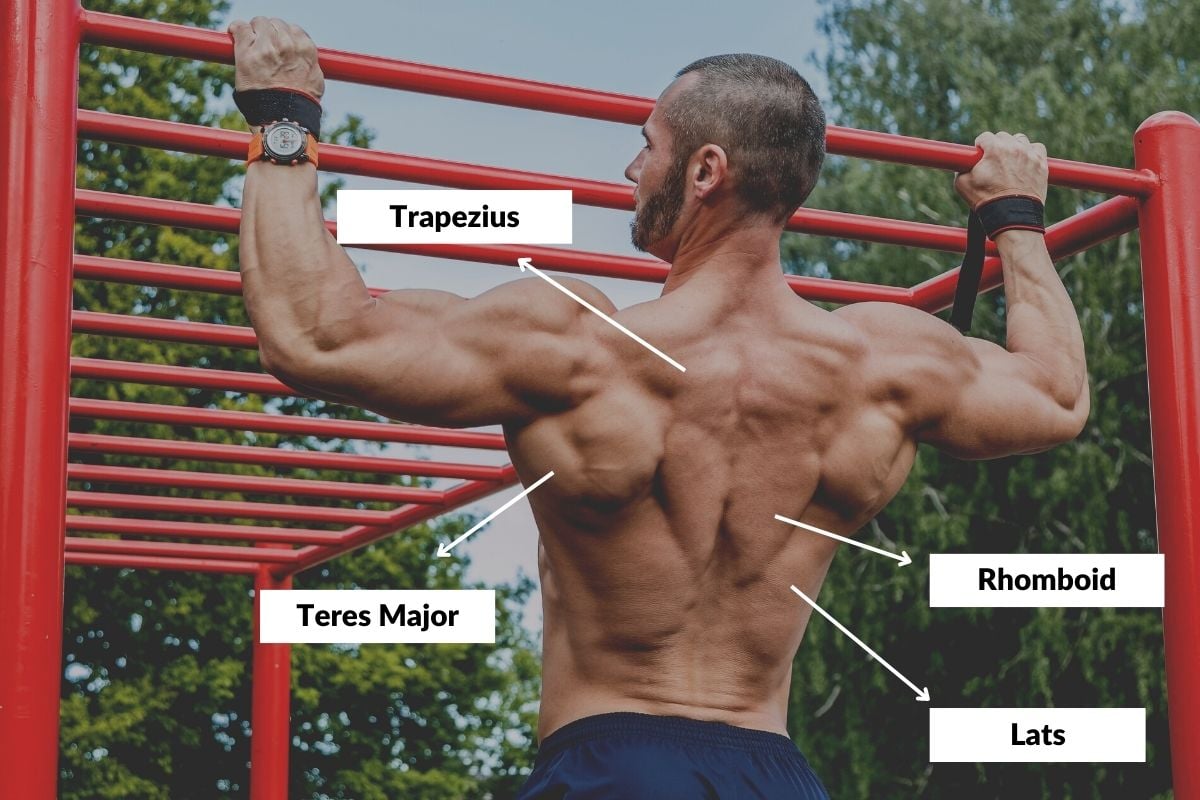If you’re looking to build a strong and sculpted back while enjoying the freedom of bodyweight exercises, then calisthenics back workouts are just what you need. These workouts not only target your back muscles effectively but also improve your overall strength and flexibility. To make the most of your calisthenics back workouts, it’s important to have the right equipment. From pull-up bars to resistance bands, incorporating these essential tools into your routine will take your back workout to the next level and help you achieve those desired results.

This image is property of cdn-ikogf.nitrocdn.com.
Bar for Pull-Ups
Benefits of using a bar for pull-ups
Using a bar for pull-ups has numerous benefits for your back workout routine. First and foremost, pull-ups are a highly effective exercise for targeting the muscles in your back, including the lats, rhomboids, and traps. They also engage your biceps, forearms, and shoulders, making them a compound exercise that works multiple muscle groups simultaneously. By regularly incorporating pull-ups into your routine, you can increase back strength, improve posture, and enhance overall upper body muscle development.
Types of bars for pull-ups
When it comes to pull-up bars, there are a few different types to choose from. The most common options include doorway bars, wall-mounted bars, and free-standing bars. Doorway bars are convenient and easily adjustable, as they can be installed in virtually any door frame. Wall-mounted bars provide a more permanent and sturdy option, ideal for those who have dedicated space for their workout equipment. Free-standing bars offer the versatility of being able to move them around as needed, making them a great choice for those with limited space or who prefer outdoor workouts.
Factors to consider when choosing a pull-up bar
When selecting a pull-up bar, there are several factors to consider. Firstly, you’ll want to ensure that the bar can safely support your weight and has a comfortable grip. Look for bars that have a high weight capacity and provide a non-slip surface to prevent accidents. Additionally, consider the installation method and whether it suits your living situation. If you’re renting or don’t want to drill holes in your walls, a doorway bar may be the best option. Finally, think about the height and width of the bar to ensure it accommodates your body size and the specific pull-up variations you wish to perform.
Parallel Bars
Advantages of using parallel bars
Parallel bars are another excellent piece of equipment for your calisthenics back workouts. They offer a greater range of motion compared to pull-ups, allowing for more varied exercises targeting the back muscles. Parallel bars can be used for exercises such as dips, which engage the back muscles along with the chest and triceps. They also provide an opportunity to work on core stability, as many parallel bar exercises require balance and control. Additionally, using parallel bars can help improve overall upper body strength and muscle definition.
Different types of parallel bars
Parallel bars come in various shapes and sizes, each offering unique advantages. Traditional parallel bars, often found in gyms or calisthenics parks, consist of two parallel bars secured to a sturdy frame. These bars are typically at waist height, allowing for a range of exercises. Another type of parallel bars is the adjustable height bars, which are designed to accommodate users of different heights. This feature makes them suitable for home use and ensures proper alignment and form during exercises.
Factors to consider when selecting parallel bars
When choosing parallel bars, there are a few factors to consider. Firstly, decide whether you want fixed or adjustable height bars based on your needs and available space. Additionally, look for parallel bars made from durable materials such as steel, as they need to support your body weight. Consider the weight capacity of the bars and ensure that they have a stable and secure base to prevent wobbling during exercises. Finally, if portability is important to you, look for parallel bars that are easily transportable or foldable for convenient storage.

This image is property of www.barbrothersgroningen.com.
Suspension Trainer
Benefits of using a suspension trainer
Utilizing a suspension trainer in your calisthenics back workouts can offer a range of benefits. Suspension trainers, such as TRX or gymnastic rings, provide a unique challenge by requiring you to engage your core and stabilize your body throughout each exercise. This not only strengthens the back muscles but also improves balance and overall body control. Suspension trainers also allow for a wide range of exercise variations, from rows and pull-ups to inverted rows and renegade rows, giving you the flexibility to target different areas of your back.
Types of suspension trainers
There are different types of suspension trainers available, but the most popular ones are TRX trainers and gymnastic rings. TRX trainers consist of adjustable straps with handles and offer a stable and versatile option for suspension training. They are commonly seen in gyms and are suitable for individuals of all fitness levels. On the other hand, gymnastic rings provide a more challenging and unstable option, requiring greater core strength and body control. They offer a full range of motion and can be hung from various anchor points, making them ideal for home or outdoor workouts.
Features to look for in a suspension trainer
When selecting a suspension trainer, consider the quality and durability of the materials used. Look for trainers made from strong, tear-resistant nylon webbing or straps with reinforced stitching. Adjustable straps are also essential, as they allow for customization based on your height and exercise preferences. Furthermore, ensure that the trainer comes with secure anchor points or attachment options, whether it be door anchors, wall mounts, or tree straps, to ensure safe and stable workouts. Additionally, some suspension trainers may come with instructional guides or access to online workout programs, which can be helpful for beginners.
Resistance Bands
Advantages of using resistance bands
Resistance bands are a versatile and affordable tool for incorporating back workouts into your calisthenics routine. They provide constant tension throughout the exercises, activating the back muscles effectively. Resistance bands are especially beneficial for individuals rehabilitating from an injury or those seeking a low-impact workout option. They can be used to target various back muscles, including the lats, rhomboids, and traps, through exercises such as rows, pull-aparts, and band pull-downs. Furthermore, resistance bands are easy to pack and travel with, making them a convenient choice for on-the-go workouts.
Different types of resistance bands
Resistance bands come in different shapes, sizes, and resistance levels. The most common types include loop bands, therapy bands, and tube bands. Loop bands are circular bands that can be looped around your wrists, ankles, or thighs, providing resistance during exercises. Therapy bands are flat bands often used for rehabilitation purposes and can be tied into loops or handles. Tube bands, also known as resistance tubing, consist of a hollow tube with handles on each end, allowing for a variety of grip options and exercises targeting different muscle groups.
Factors to consider when purchasing resistance bands
When purchasing resistance bands, consider the resistance levels available. Resistance bands often come in different colors, with each color representing a different resistance level. Start with bands of various resistance levels to accommodate different exercises and progress as your strength increases. It’s also important to choose bands that are made from high-quality materials to ensure durability and prevent snapping. Check for non-slip handles or grips to maintain a secure hold during exercises. Finally, consider the length and width of the bands, as they may affect the range of motion and exercises you can perform.
Weighted Vest
Benefits of using a weighted vest
Incorporating a weighted vest into your calisthenics back workouts can provide an extra challenge and enhance the effectiveness of your exercises. By adding extra weight to your body, you increase the resistance and intensity of your workouts, effectively stimulating muscle growth and strength development in the back muscles. Weighted vests are particularly beneficial for bodyweight exercises such as pull-ups or dips, as they help to mimic the load and resistance of traditional weightlifting exercises. Furthermore, using a weighted vest can improve bone density and cardiovascular endurance.
Considerations when choosing a weighted vest
When selecting a weighted vest, consider the weight increments or adjustability options available. Some vests have fixed weights, while others allow you to add or remove weighted plates to adjust the load. Choose a weighted vest that suits your fitness level and allows for progressive overload. Additionally, ensure that the vest has a secure and comfortable fit, with adjustable straps or closures to prevent any discomfort or movement during your workouts. Look for vests that distribute the weight evenly to minimize pressure on specific areas of your body.
Tips for safely incorporating a weighted vest into your workout
When incorporating a weighted vest into your workouts, it’s important to start gradually and progressively increase the weight. Begin with a lighter weight and gradually increase as your strength and endurance improve. Pay attention to your form and technique throughout exercises to prevent injury. It’s also crucial to listen to your body and take breaks or reduce the weight if you experience any discomfort or excessive strain. Lastly, always warm up properly before wearing a weighted vest and cool down afterward to prevent muscle imbalances and post-workout soreness.
Gymnastic Rings
Advantages of using gymnastic rings
Gymnastic rings provide a versatile and challenging tool for your calisthenics back workouts. They require a high level of stability, core strength, and body control, making them an excellent choice for advanced users or those looking to progress in their training. Gymnastic ring exercises engage the back muscles, as well as the shoulders, chest, and core, providing a full upper body workout. The instability of the rings also activates smaller stabilizer muscles, improving overall muscular balance and coordination.
Different types of gymnastic rings
Gymnastic rings are typically made from wood, plastic, or metal, with wooden rings being the most popular choice due to their comfortable grip and durability. The diameter and thickness of the rings can vary, with thicker rings providing a more challenging grip experience. Some rings may come with adjustable straps or buckles, allowing you to adjust the height and length of the rings to accommodate different exercises or user heights.
Factors to consider when selecting gymnastic rings
When selecting gymnastic rings, prioritize the material and quality. Wooden rings are often considered the gold standard, as they offer a natural grip and are less likely to cause calluses or blisters. Plastic rings can be a more affordable alternative, but they may not offer the same level of comfort and durability. Additionally, consider the warranty and weight capacity of the rings to ensure they can safely support your body weight. Adjustable straps or buckles are also beneficial, as they provide flexibility in terms of height and exercise variations.
Back Extension Bench
Benefits of using a back extension bench
A back extension bench is an excellent tool for targeting the posterior chain in your calisthenics back workouts. It primarily focuses on the erector spinae muscles, which run along both sides of the spine and play a crucial role in maintaining proper posture and spinal stability. By strengthening these muscles, you can reduce the risk of back pain and improve overall back strength. Back extension exercises also engage the glutes, hamstrings, and calves, providing a comprehensive lower body workout.
Types of back extension benches
Back extension benches come in different designs, including adjustable and fixed benches. Adjustable benches allow you to modify the angle of the bench based on your comfort and fitness level, making them suitable for individuals of varying strength and flexibility. Fixed benches, on the other hand, have a set angle and are often found in commercial gyms. Some back extension benches may include additional attachments such as leg rollers or handles, providing extra support and exercise variations.
Features to consider when choosing a back extension bench
When choosing a back extension bench, consider the padding and comfort level. Look for benches with thick, cushioned padding that provides adequate support for your lower body and pelvis. Adjustable benches offer versatility and allow for a range of angles, so consider whether this is important to you for targeting different muscles. Additionally, opt for benches made from durable materials such as steel or aluminum to ensure stability and longevity. Check the weight capacity of the bench to ensure it can support your body weight and any additional load you may add.
Medicine Ball
Advantages of using a medicine ball for back workouts
Incorporating a medicine ball into your calisthenics back workouts can add variety and intensity to your exercises. Medicine ball exercises recruit multiple muscle groups, including the back, shoulders, core, and arms, making them an effective tool for functional and dynamic movements. They can be used for exercises such as medicine ball slams, rotational throws, and Russian twists, all of which engage the back muscles while improving power, coordination, and balance. Medicine balls also offer the advantage of being easy to grip and manipulate, allowing for explosive movements and versatility in workout routines.
Different types of medicine balls
Medicine balls come in different sizes, weights, and materials. Smaller medicine balls, typically ranging from 2 to 6 pounds, are suitable for exercises that require greater speed and agility. Larger medicine balls, weighing between 14 and 20 pounds, provide more resistance and are ideal for strength and power exercises. Medicine balls can be made from various materials such as leather, rubber, or vinyl, with rubber being the most common choice due to its durability and ability to absorb impact.
Factors to consider when purchasing a medicine ball
Consider the weight and size of the medicine ball based on your current fitness level and exercise preferences. Start with a lighter weight if you’re a beginner and gradually progress as your strength improves. The surface of the medicine ball should provide a good grip to prevent slippage during exercises, so choose a ball with a textured or non-slip exterior. Additionally, consider the durability of the ball and whether it can withstand intense workouts and repeated impacts. Lastly, ensure that the ball is evenly balanced and maintain proper form throughout exercises to prevent strain or injury.
Foam Roller
Benefits of using a foam roller
Using a foam roller as part of your calisthenics back workouts offers numerous benefits for muscle recovery and injury prevention. Foam rolling, also known as self-myofascial release, involves applying pressure to muscles and fascia to release tension and knots. By using a foam roller on your back muscles, you can improve circulation, increase flexibility, and reduce muscle soreness. It can also help break up scar tissue and adhesions, promoting faster recovery and preventing future injuries.
Types of foam rollers
Foam rollers come in various densities and sizes to accommodate different levels of pressure and target specific areas of the body. The most common type is the standard foam roller, which is made from high-density foam and provides a moderate level of pressure. If you prefer a deeper massage, you can opt for a high-density foam roller or a rumble roller, which has textured ridges or knobs for additional pressure points. Focusing on specific areas of the back may also require a smaller, more targeted foam roller.
Features to consider when selecting a foam roller
When selecting a foam roller, consider the density and firmness that suits your needs. Softer foam rollers provide a gentler massage, while firmer ones offer a deeper and more intense release. Choose a foam roller that is long enough to support your entire back or the specific area you intend to target. Additionally, consider the durability and longevity of the foam roller, as well as its ability to retain its shape over time. Some foam rollers may also come with additional features, such as a hollow core for storage or a textured surface for enhanced massage benefits.
Yoga Mat
Advantages of using a yoga mat
Using a yoga mat during your calisthenics back workouts offers several advantages. Firstly, yoga mats provide cushioning and support, making floor exercises and stretching more comfortable. They also create a non-slip surface, preventing any slipping or sliding during exercises that involve lying or kneeling on the floor. Additionally, yoga mats can define your workout space, creating a dedicated area for your exercises and helping to set the mood for your workout. They are also easy to clean and maintain, making them a hygienic option for your workouts.
Different types of yoga mats
Yoga mats come in various thicknesses, materials, and sizes, catering to different workout preferences and needs. Standard yoga mats are typically around 3-5mm thick and provide a good balance between cushioning and stability. Thicker mats, around 6mm or more, offer additional joint support and cushioning, which can be beneficial for exercises involving the back and knees. Materials commonly used for yoga mats include PVC, rubber, and TPE. PVC mats are durable and have good grip, while rubber mats offer excellent traction and eco-friendly options. TPE mats are lightweight and offer good cushioning.
Factors to consider when choosing a yoga mat for calisthenics back workouts
When selecting a yoga mat for your calisthenics back workouts, consider the thickness and density that suits your needs. Thicker mats provide more cushioning, but they may also affect stability during exercises that require balance. Choose a mat with a textured or non-slip surface to prevent slipping, especially when engaging in exercises that involve sweat or moisture. Additionally, consider the size of the mat, ensuring it is long and wide enough to accommodate your movements and exercises comfortably. Lastly, consider the material and eco-friendliness of the mat if sustainability is important to you.





